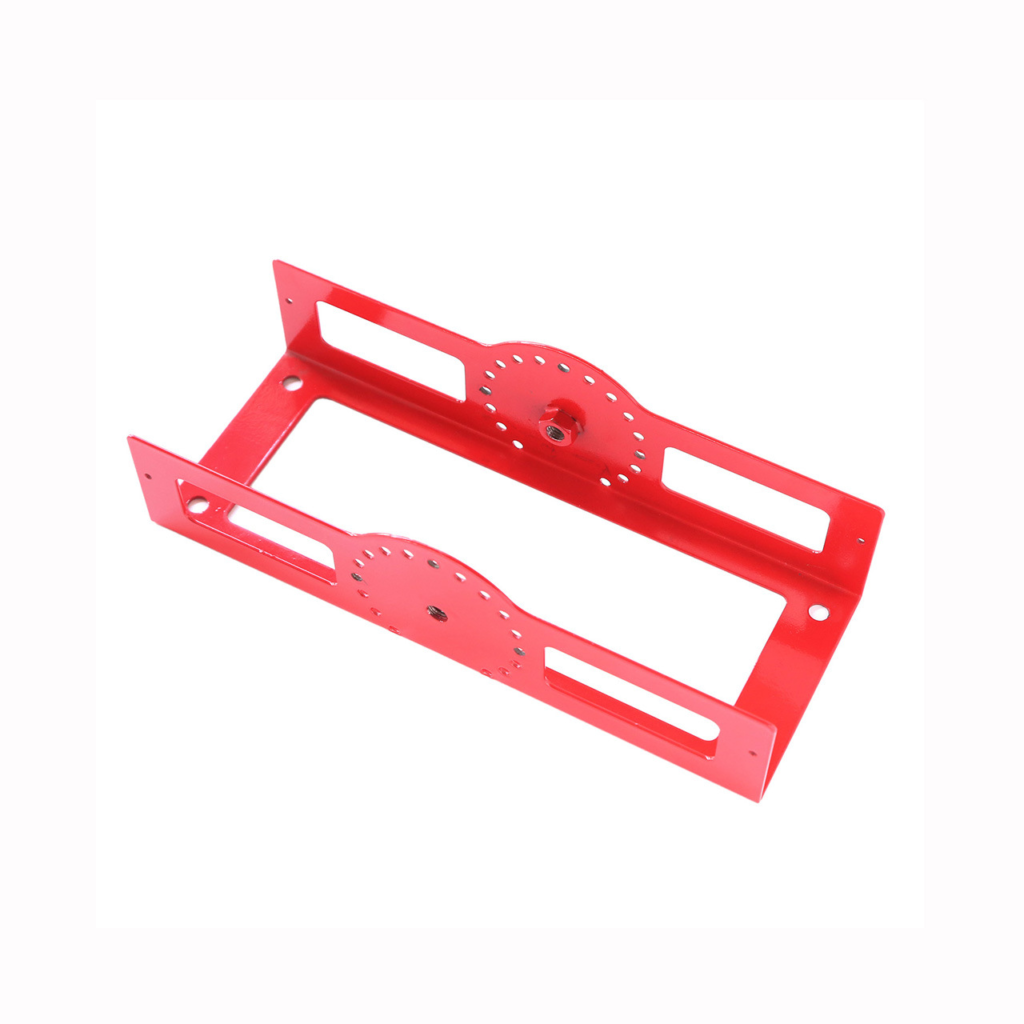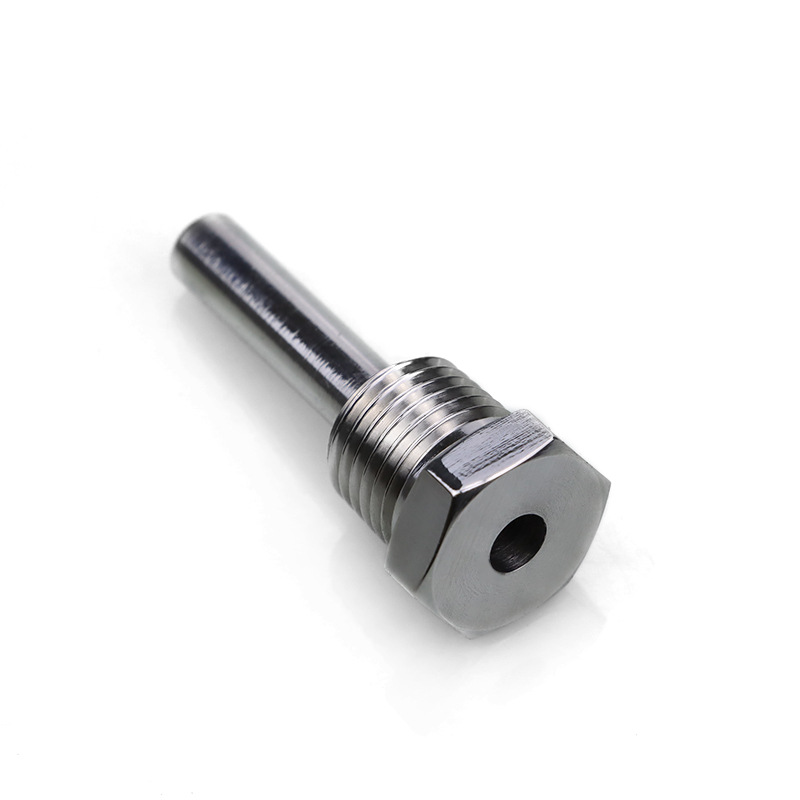Traditional mold-based manufacturing methods for custom brackets are often expensive and slow, especially for prototyping or producing small batches.
These limitations have driven businesses to seek innovative, cost-effective alternatives.
Emerging techniques, such as 3D printing, CNC machining, and laser cutting, have revolutionized how custom brackets are created by eliminating the need for molds.
These mold-free methods offer flexibility, faster production cycles, and significant cost savings.

The answer is yes; you can create custom bracket samples without opening molds. By using modern manufacturing methods like 3D printing, CNC machining, and laser cutting, it is now possible to achieve rapid prototyping, precise designs, and efficient production.
These technologies cater to industries requiring quick iterations or small-batch customization without incurring high tooling costs.
Are you curious how these mold-free methods work and why they’re game-changers for businesses?
Now, let’s delve into the comprehensive introduction to these mold-free techniques and explore how they save costs, improve efficiency, and enable unmatched design flexibility, empowering your projects to succeed in today’s competitive landscape.
-
Table Of Contents
-
1. Can You Create Custom Bracket Samples Without Opening Molds?
-
2. What Is a Custom Bracket?
-
3. Why Avoid Traditional Molded Bracket Production?
-
4. Top Techniques for Mold-Free Custom Bracket Production
-
5. Emerging Technologies in Custom Bracket Manufacturing
-
6. How to Choose the Best Mold-Free Method for Your Project
-
7. Why Mold-Free Bracket Production Reduces Costs
-
8. Comparing Mold-Free Methods: A Quick Guide
-
9. Summary

What Is a Custom Bracket?
A custom bracket is a uniquely designed structural or functional component crafted to meet specific needs.
Unlike standardized brackets, which are mass-produced for general applications, custom brackets address specific challenges in various industries.
Applications Across Industries:
1. Construction: Custom brackets are essential for mounting systems, structural reinforcements, and unique architectural designs.
2. Automotive: These brackets are critical in precision assembly, ensuring durability and alignment in engine mounts or undercarriage supports.
3. Aerospace: Lightweight, high-strength custom brackets support avionics, satellite assemblies, and other aerospace systems.
4. Electrical Systems: Tailored brackets manage cables, support delicate components, and organize electrical installations.
Custom bracket samples are critical components that provide structural support across various industries.
From metal stamping services to precision engineering, these versatile parts play a crucial role in modern manufacturing.

Why Avoid Traditional Molded Bracket Production?
While traditional mold-based manufacturing has been the industry standard for decades, it presents significant limitations when it comes to custom or small-batch production:
1. High Initial Costs
Creating molds requires substantial investment in tooling and skilled labor. These costs can outweigh the benefits for businesses producing a few custom parts.
2. Limited Design Flexibility
Once a mold is created, making changes to the design is expensive and time-consuming. This lack of flexibility hinders iterative design processes, often essential for prototyping.
3. Long Production Times
The process of designing, fabricating, and testing molds can take weeks or even months, delaying production schedules.
4. Inefficiency for Small Batches
Traditional methods are cost-effective only for high-volume production. For small batches, the per-unit cost skyrockets, making them impractical for many businesses.
Manufacturers can embrace agile, efficient methods that meet modern production demands by moving away from traditional molds.

Top Techniques for Mold-Free Custom Bracket Production
- 3D Printing
Additive manufacturing builds parts layer by layer from a digital file, offering unmatched flexibility for custom designs.
- Advantages:
- Fast prototyping and production.
- Capable of producing intricate geometries that molds cannot achieve.
- Cost-effective for small runs or one-off designs.
- Materials: PLA, ABS, nylon, and metal composites.
- Applications: Aerospace-grade brackets, architectural prototypes, and custom consumer products.
- CNC Machining
CNC machining removes material from a solid block to create precise components.
For precision metal fabrication, CNC machining provides unparalleled accuracy.
- Advantages:
- Superior accuracy and surface finish.
- Compatible with a wide range of materials, from metals to engineering plastics.
- Suitable for both prototypes and end-use parts.
- Materials: Aluminum, steel, titanium, and polymers.
- Applications: Heavy-duty industrial brackets, automotive mounts, and electrical enclosures.
- Laser Cutting
Laser cutting uses focused light to cut through flat materials with high precision.
- Advantages:
- Rapid production with minimal waste.
- High repeatability and clean edges.
- Ideal for simple 2D or flat bracket designs.
- Materials: Steel, aluminum, acrylic, and composite sheets.
- Applications: Lightweight structural supports, decorative brackets, and signage mounting systems.
The material selection dramatically impacts bracket performance and cost-effectiveness.
For detailed material selection guidance, check out our comprehensive guide on metal selection for sheet metal fabrication.

Emerging Technologies in Custom Bracket Manufacturing
Waterjet Cutting
This method uses high-pressure water mixed with abrasives to cut through virtually any material without generating heat, preserving material properties.
- Advantages:
- Suitable for delicate materials and complex designs.
- No heat-affected zones, ensuring material integrity.
- Applications: Precision aerospace components, environmentally sensitive projects, and composite prototypes.
Hybrid Manufacturing
Combining additive and subtractive techniques, hybrid manufacturing integrates the speed of 3D printing with the precision of CNC machining, creating high-quality custom brackets with reduced production times.
How to Choose the Best Mold-Free Method for Your Project
Selecting the right production method depends on factors such as design complexity, material requirements, production volume, and budget.
1. Define Objectives: Determine whether the priority is rapid prototyping, end-use production, or both.
2. Evaluate Materials: Choose a method compatible with the desired material, such as metal for durability or plastic for lightweight applications.
3. Consider Batch Size: 3D printing and laser cutting are ideal for one-off or small runs. For higher precision or durability, CNC machining excels.
4. Analyze Costs and Lead Times: Factor in the cost of materials, machine operation, and delivery timelines to find the most efficient solution.

Why Mold-Free Bracket Production Reduces Costs
1. Elimination of Tooling Costs
By removing the need for molds, businesses save thousands in initial investments, making these methods ideal for startups or prototyping phases.
2. Flexible Design Iterations
Mold-free methods allow for quick and affordable design changes, improving the final product without incurring high costs.
3. Minimal Material Waste
Additive techniques like 3D printing use only the material necessary for the design, reducing waste and cutting costs.
4. Faster Turnaround Times
Shorter production cycles enable businesses to meet tight deadlines, accelerating project completion and market entry.
Comparing Mold-Free Methods: A Quick Guide
Method | Cost-Effectiveness | Speed | Precision | Material Options | Best For |
3D Printing | High | Very Fast | Moderate | Plastics, composites, metals | Prototypes, intricate designs |
CNC Machining | Moderate | Moderate | Very High | Metals, engineering plastics | End-use parts, heavy-duty components |
Laser Cutting | High | Very Fast | High | Metals, acrylic, composites | Flat or 2D bracket designs |
Waterjet Cutting | Moderate | Fast | High | Metals, ceramics, composites | Delicate materials, precision parts |

Conclusion
Producing custom bracket samples without molds has become a practical and efficient solution for modern manufacturing.
Advanced methods like 3D printing, CNC machining, and laser cutting enable rapid prototyping, flexible design adjustments, and cost-effective production.
These technologies empower businesses to meet unique demands, reduce waste, and accelerate delivery timelines.
Mold-free manufacturing provides the agility and cost savings needed to stay competitive in today’s market. Embrace these methods to transform your production processes and achieve innovative results.









